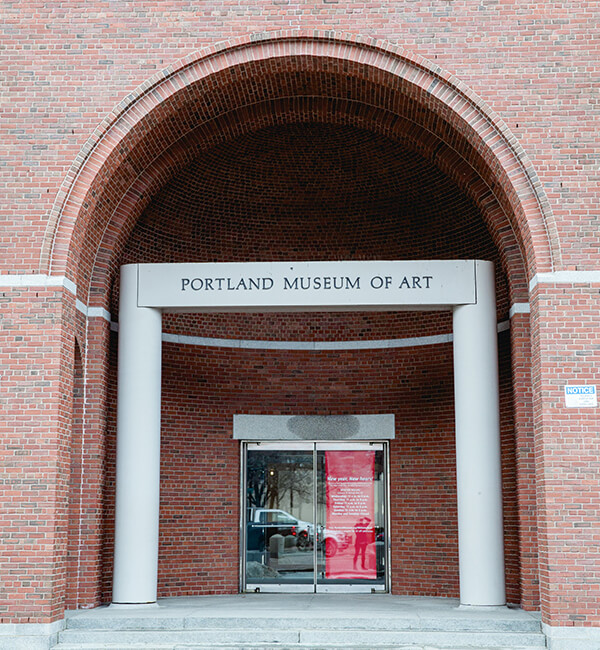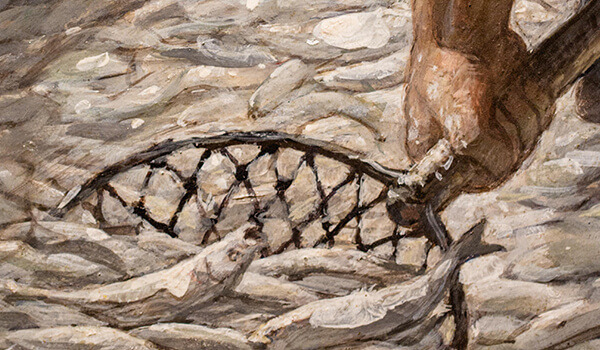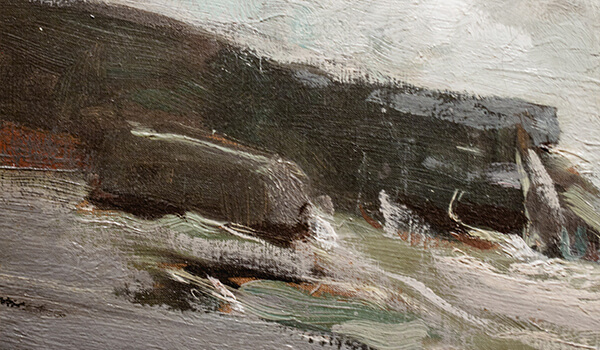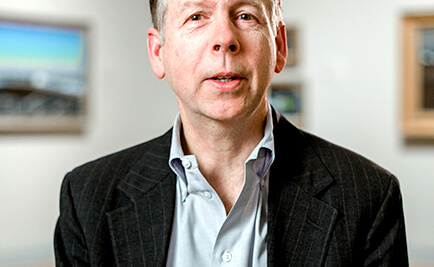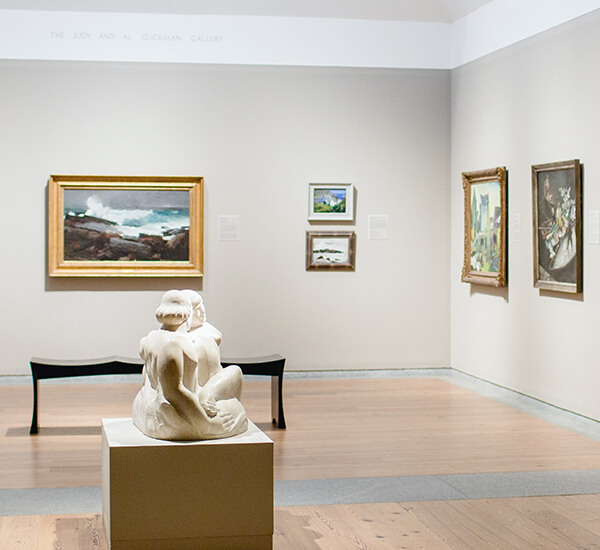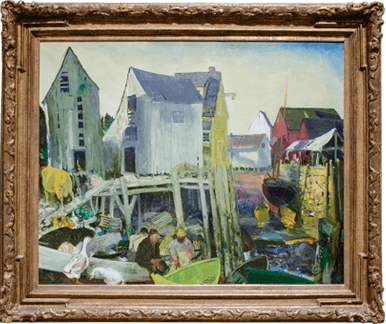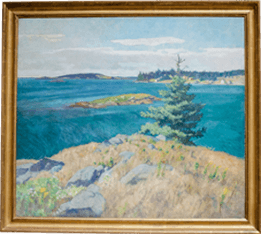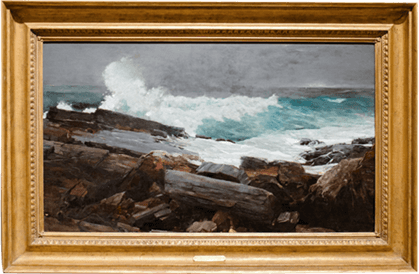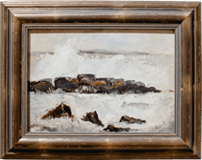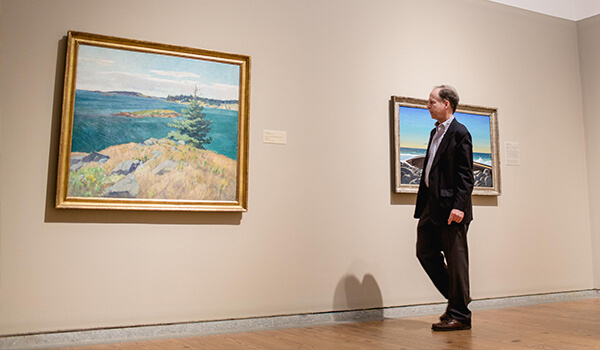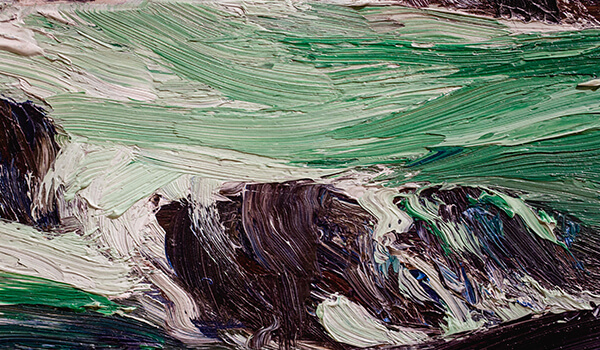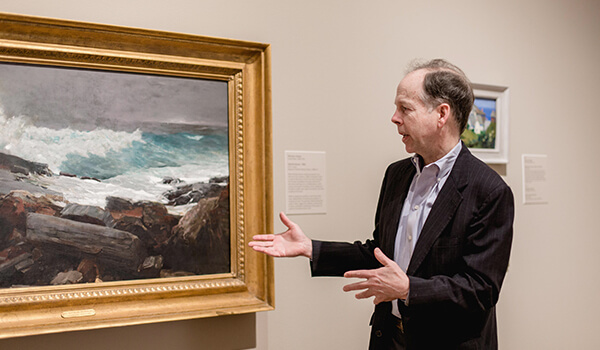Art and Inspiration
The ancient Greeks believed that everything was made from a combination of four elements – earth, water, air and fire. Modern science refined it to four states of matter – solid, liquid, gas and plasma. The bottom line is that every place on earth began with the same source materials, a common palette of possibility.
So what is it about Maine that distinguished itself enough that artists of the early 1800s made arduous journeys to attempt to capture its essence? It’s a fifth element the ancient Greeks and modern scientists missed. Inspiration.
In Maine, the early artists found it in abundance. As compelling and enchanting as the land itself – and its life partner, the sea. Then, as now, it was simply a matter of Maine being Maine. Of Maine doing what it does best. Inspiring human beings to see, feel and experience the world in ways they never had before.
In the hands, hearts and minds of the artists who came, Maine had finally found a life force commensurate with its own. The rest is history. American art history. With a legacy unlike any other. A legacy that lives and breathes with the light of each new day. With an emphasis on the light.

